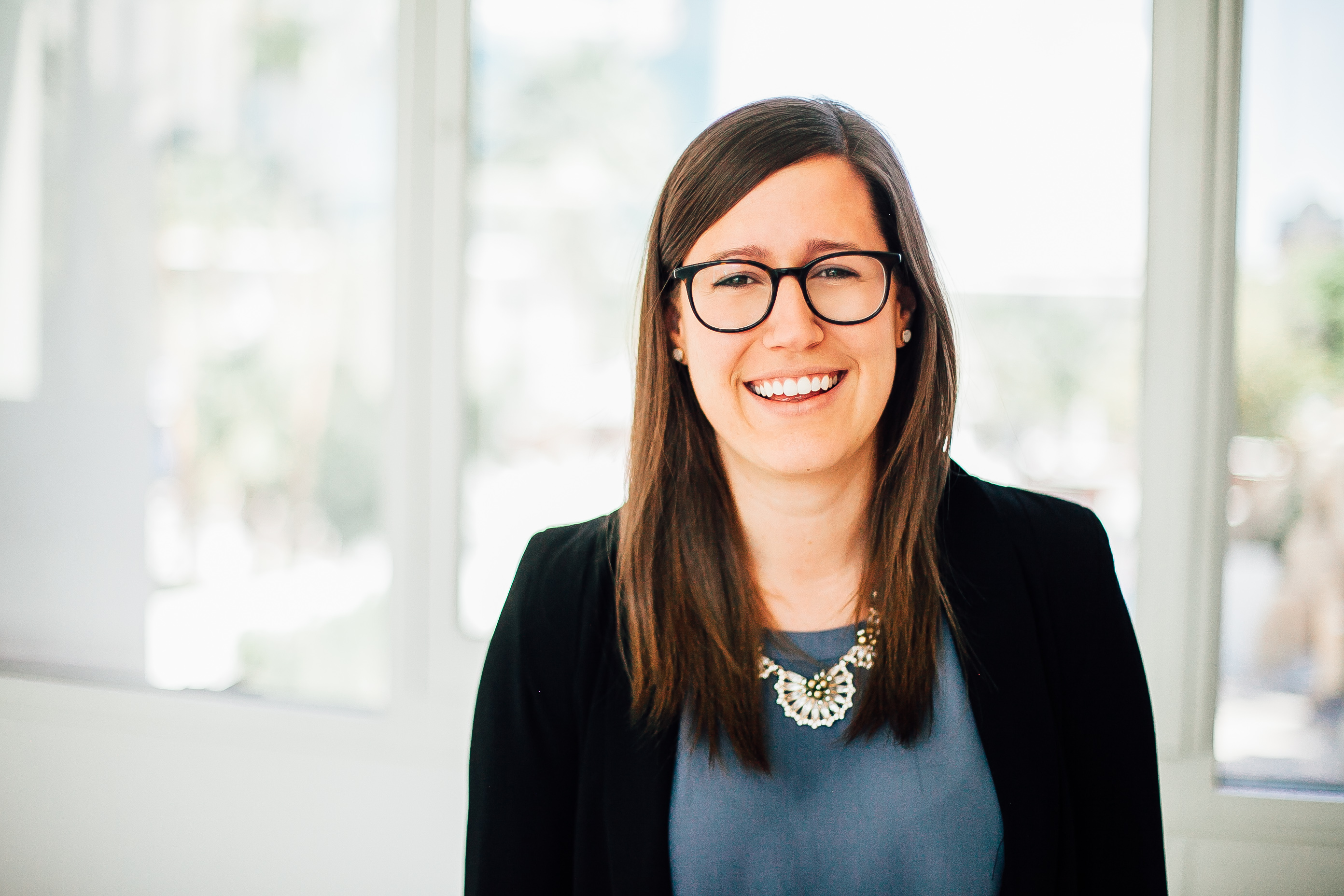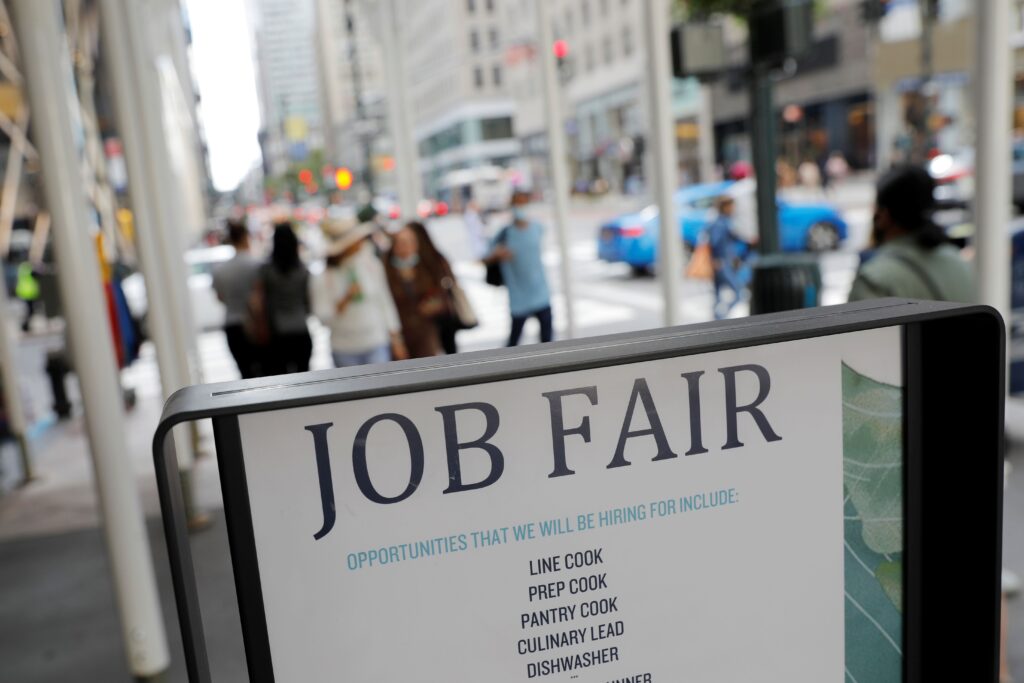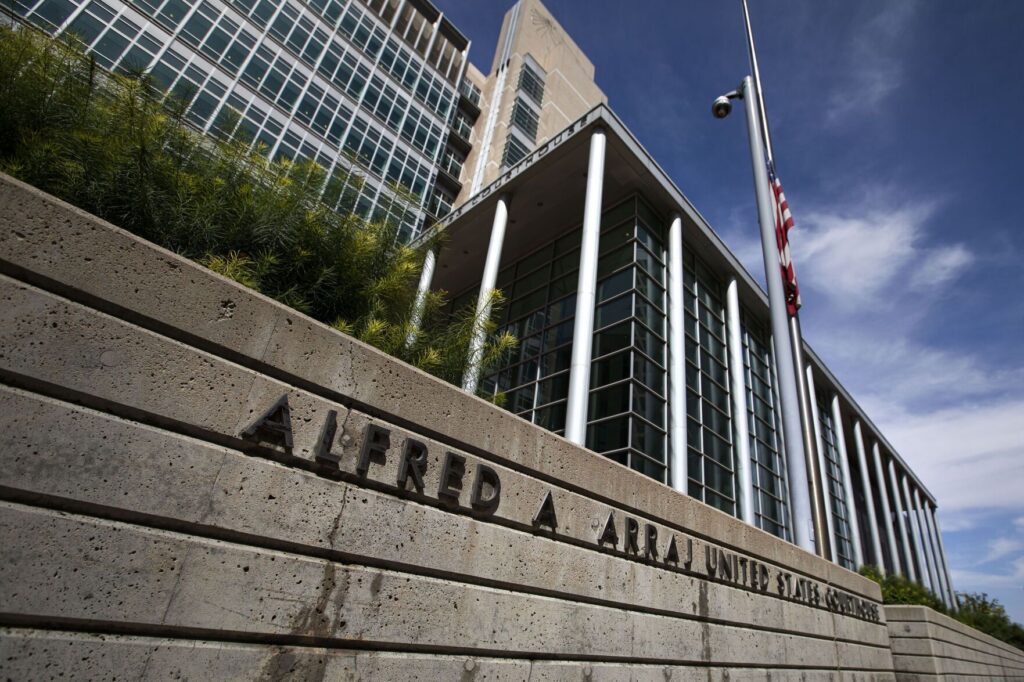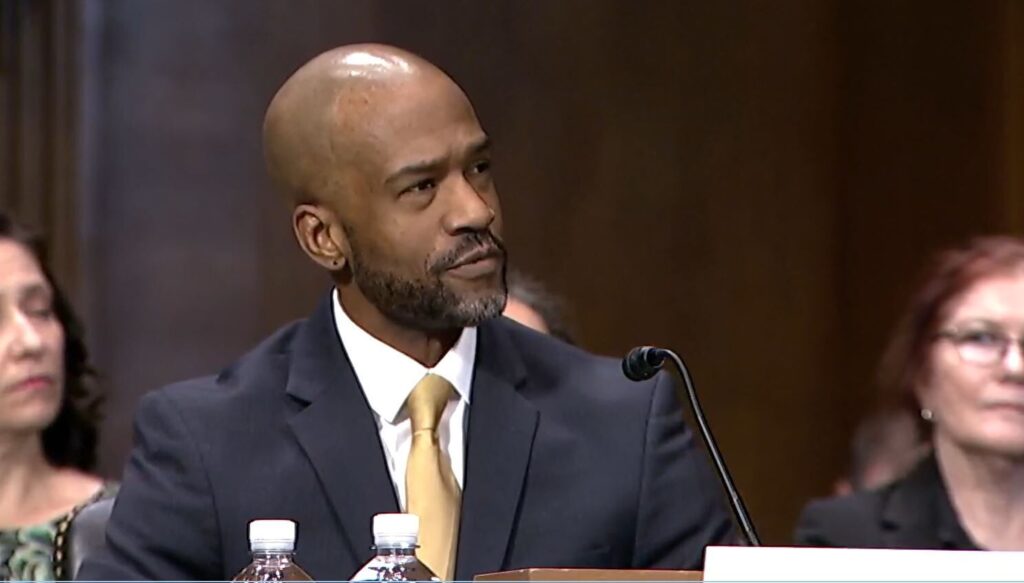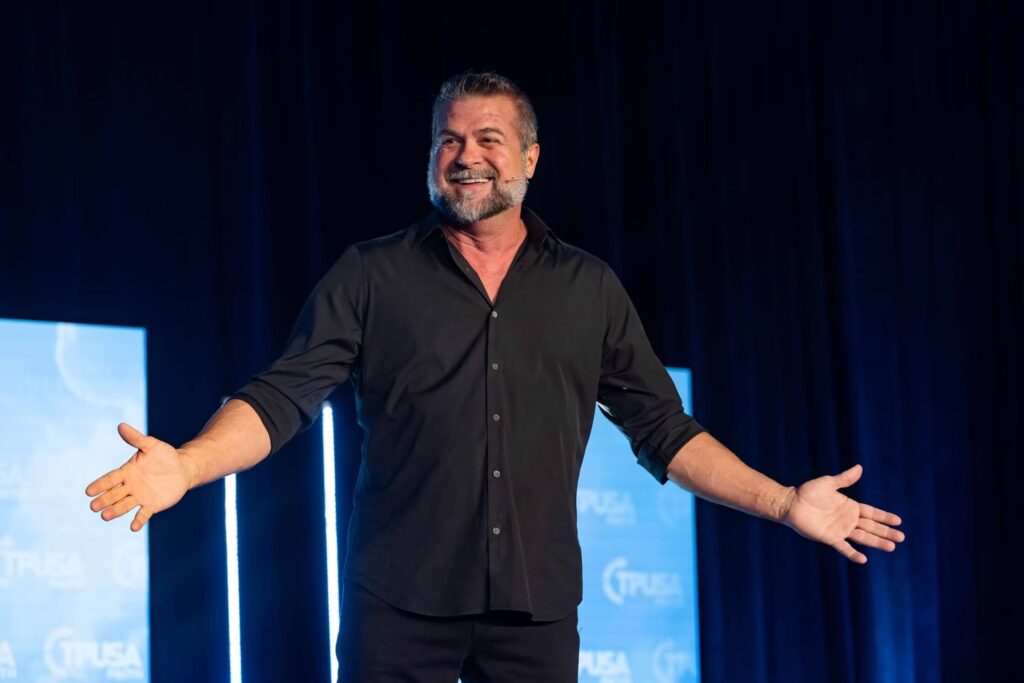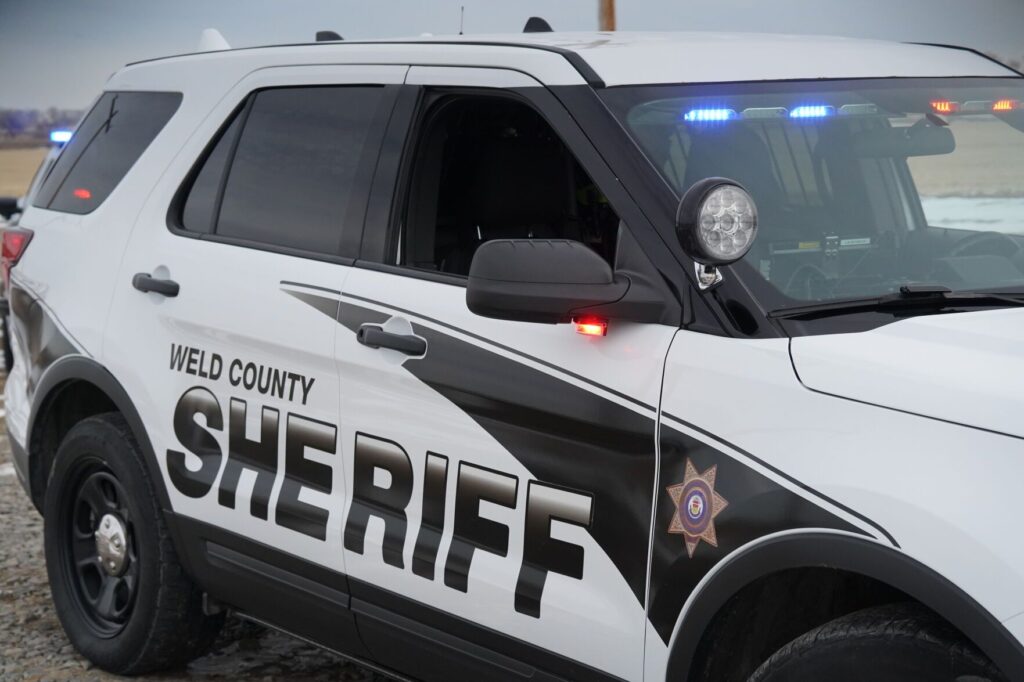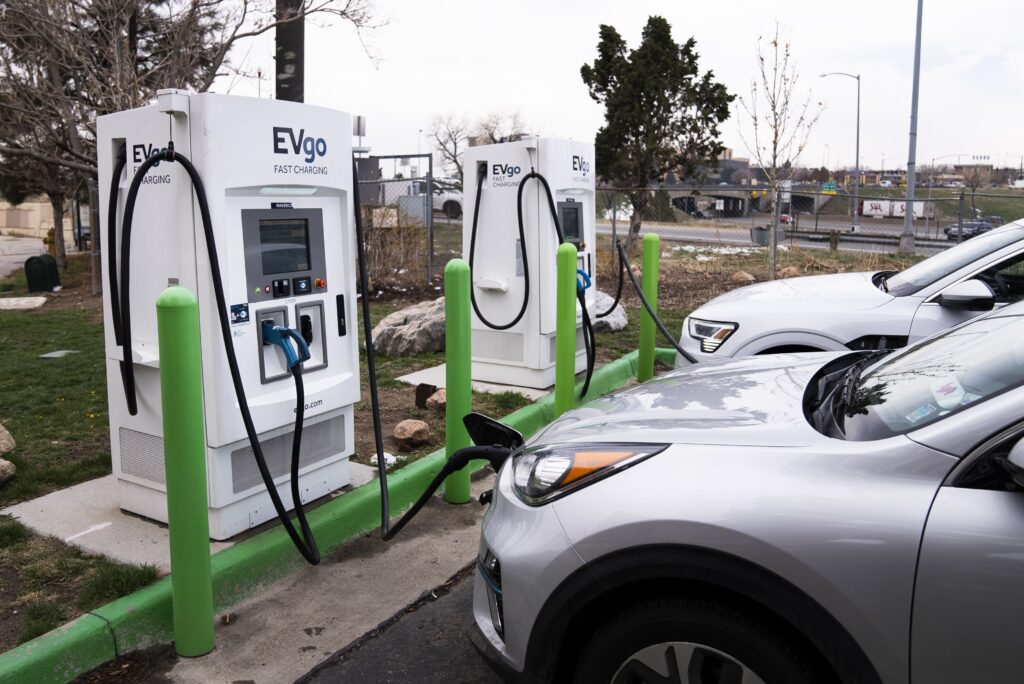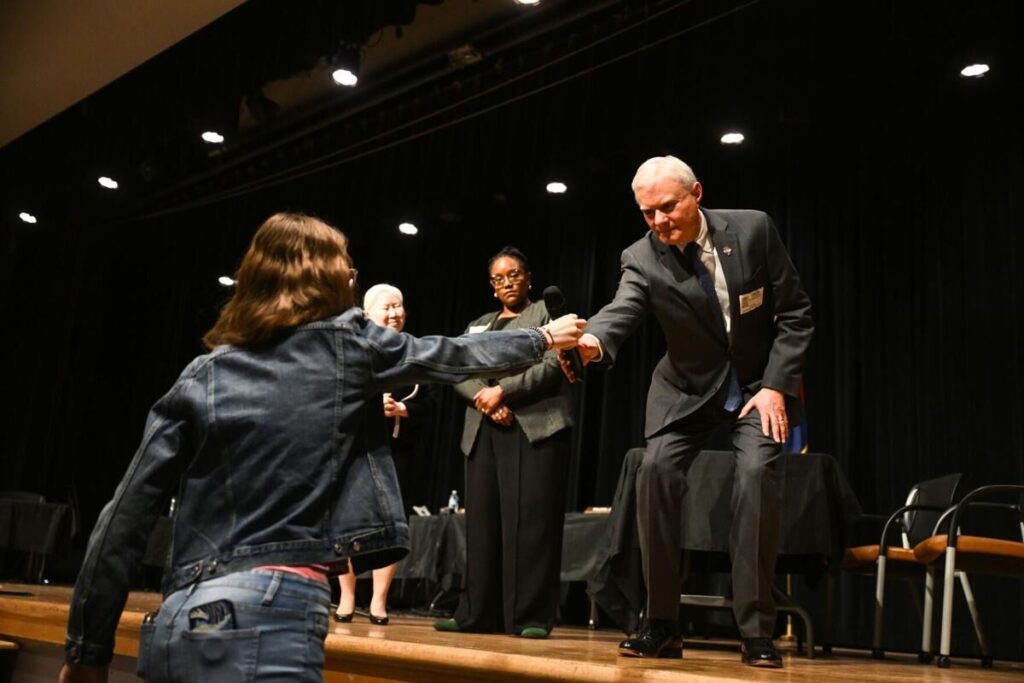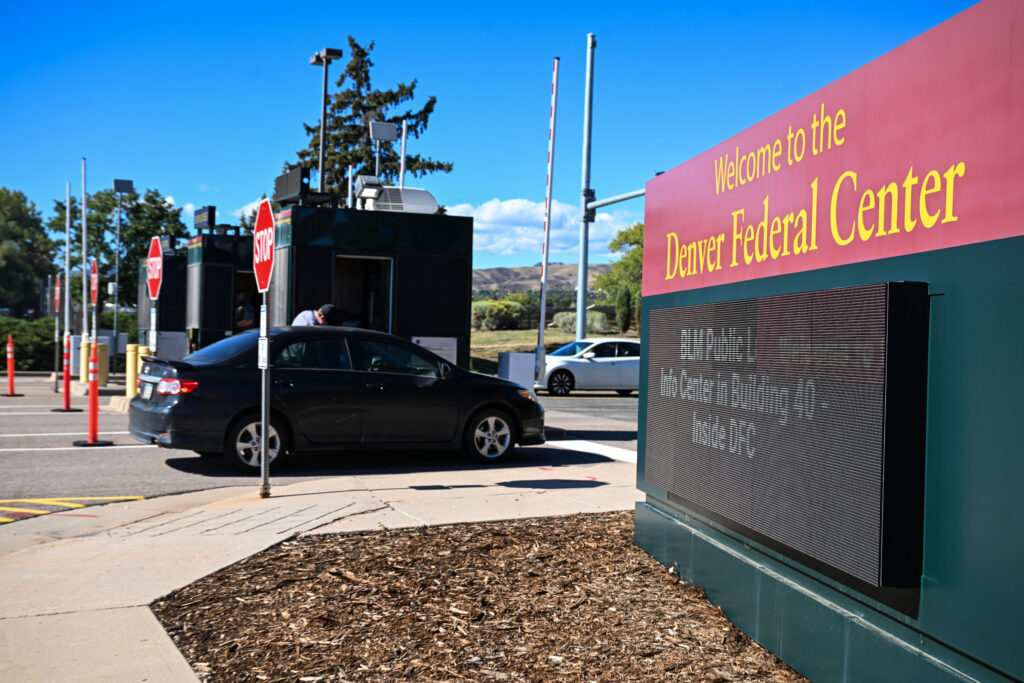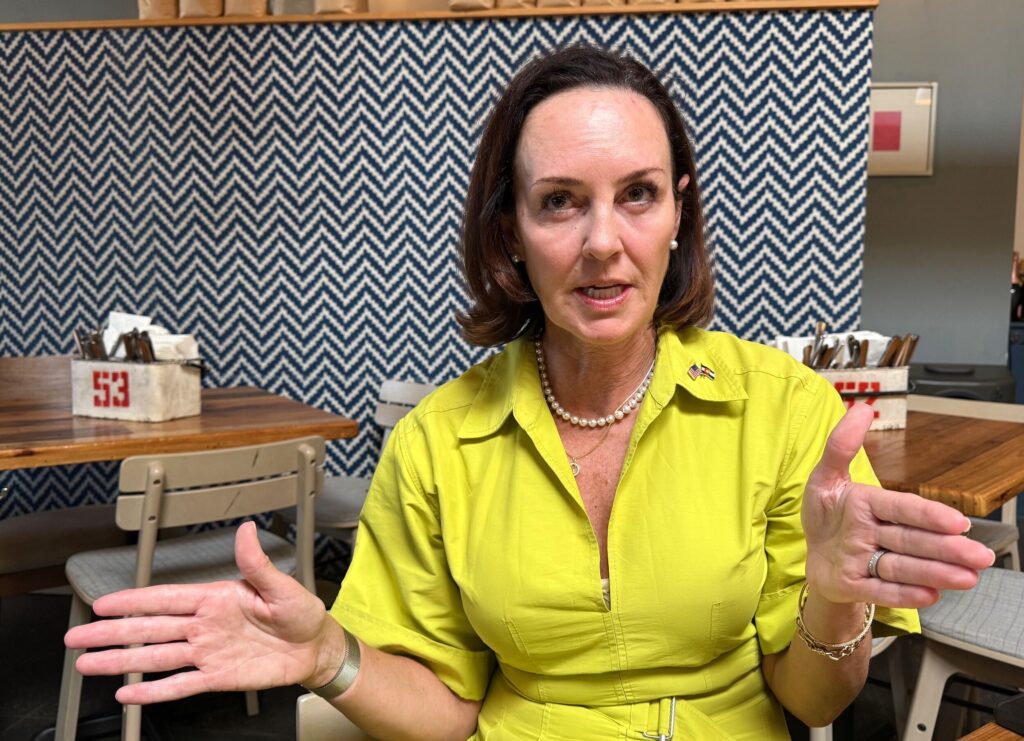Q&A with Lizzy Stephan | Ushering in a new era in state politics

With apologies to The Who, we’re talkin’ ’bout another generation now – the millennials – in the wake of this month’s election. Certainly, in Colorado. Keep on calling it the Centennial State if you will, but it is a magnet for hip young people, and that includes young voters who are believed to have made a difference nudging the state leftward Nov. 6.
Colorado voters of all ages turned out big time, around 60 percent, placing us among the voting-est states in the country on Election Day. That impressive performance included some 45 percent of registered voters between 18 to 24 years old, a big surge in its own right for a demographic once thought to be a no-show in national politics.
At least for now, youth seems to be in full bloom in Colorado politics – and Lizzy Stephan welcomes it. She helped bring it on, in fact.
Stephan is executive director of New Era Colorado, the Denver-and-Boulder-based foundation started in 2006 to engage young people in politics as voters and officeholders. Its board reflects that zeitgeist; members include youthful political hipsters Brittany Pettersen, the state representative from Lakewood who was just elected a state senator; and LGBTQ point man Daniel Ramos, executive director of One Colorado.
Read on, as New Era’s Stephan, a noted numbers cruncher in the political game, offers some enlightening facts and figures about Colorado’s youngest voters – no, they’re not mostly Democrats – along with insights into what we can expect of them in future elections. She also talks about her organization’s overall philosophy as well as her own, and she admits Colorado’s mountains did not draw her here from her native New York.
What did draw her here, and more, is all in today’s Q&A.
Colorado Politics: The name of your organization certainly seems prophetic in the wake of Nov. 6; we do indeed seem to have entered a new era, at least, in Colorado. But how long will it last in a perennially purple state? Our No. 1 voting bloc, unaffiliateds – and their numbers are growing at a fast clip – was instrumental in putting Democrats over the top and then some. Yet, where will those same independent Colorado voters be in the next presidential election in two years or when our governor-elect stands for re-election, in four years?
Lizzy Stephan: At the risk of being cheesy, this is most certainly a new era in Colorado politics. But the impact unaffiliated voters had on the 2018 election is misleading if it is not coupled with an age breakdown of those same voters. People under the age of 40, according to the data from the secretary of state’s office, made up 40 percent of the unaffiliated voters this year. Meaning: the unaffiliated surge was a youth surge. And the turnout surge Colorado saw overall this midterm was by and large a youth turnout surge more than anything else.
So then, the question is: Where will young voters, a majority of whom are unaffiliated, be in the next presidential election and the next gubernatorial? Since young voter participation has been steadily climbing in Colorado each election cycle since at least 2008, we expect they’ll be out in full force, playing a decisive role once again.
There’s no doubt in our minds that the unique political moment we’re in contributed to the strong performance from unaffiliated voters and young voters this cycle, but a huge part of why Colorado consistently has high turnout is that we have some of the most pro-voter election laws in the country.
And 2020 bodes well for young voters, too: We’ve never seen a primary for presidential years in Colorado, let alone one that is open to unaffiliated voters, so we anticipate that their participation will continue to grow as there are more and more opportunities for them to engage in the process.
This is all to say it would be a mistake to think this level of turnout was a fluke – Colorado has been trending in this direction for some time. As young people’s ranks swell in Colorado, their impact on our state’s politics should not be underestimated. These voters are realizing their power now, and the issues that motivate them – everything from student debt to climate change to immigration reform – should play a central role in elected officials’ agendas.
Lizzy Stephan
- Executive director of New Era Colorado, since 2016. Previously served as New Era’s deputy director; organizing director; Denver organizing director, and Denver organizer.
- Was a public interest fellow at the left-leaning Denver think tank Bell Policy Center, 2011-2012.
- Also has been a fellow with the American Civil Liberties Union of Colorado.
- Earned a bachelor’s degree in sociology in 2011 from The Colorado College in Colorado Springs; also trained at the New Organizing Institute’s New Media Boot Camp.
CP: New Era bills itself as nonpartisan, but almost by definition, it leans heavily Democratic. The presence of tells like “organizer” and “activist” in your staff bios attests to that. Is there really room for Republicans, or other parties, in your agenda? How do you reach out to center-right young voters – or is Colorado at a point in its political evolution where young conservatives are an endangered, and thus less relevant demographic?
Stephan: I’ve never thought as the term “activist” as being exclusive to Democrats. Still, we’re not here to get politicians from any one party elected or support the policies of any one party exclusive to others. We’re here to support young people across the political spectrum in participating more fully in our democracy. Young people are overwhelmingly unaffiliated voters – around 50 percent of them. Party politics don’t resonate with young voters in the same way as they have with older generations. So to focus on any one party would represent a failure of our mission.
To your question, as a voter registration drive, we register absolutely everyone to vote -including many young Republicans. We reach them the same as we reach any potential voter. We connect with them on the issues they care about, their concerns about Colorado, and how any given election will impact what they care about.
While there are fewer young conservative voters than young unaffiliated or progressive voters, that doesn’t mean that they’re not a part of our outreach efforts. The failed effort to pass Amendment V (to lower the age to serve in the legislature) was a bipartisan effort brought forward by the Young Democrats and Federation of Young Republicans. Even on the advocacy side of things, our No. 1 policy priority the past two years – increasing accountability for student loan servicers – has passed with enthusiastic bipartisan support in other states like Virginia and Illinois. We’ve consistently worked to invite Republican legislators to be a part of that effort, and worked closely with Attorney General Coffman’s office on crafting the policy.
Young people are overwhelmingly progressive, that’s true. To say that young conservatives are irrelevant or even not a part of our outreach, however, is a mischaracterization.
CP: Your main thrust is toward engaging and energizing – as your mission statement puts it – “…a new generation of active citizens and young leaders in Colorado.” Your organization notes, “we are the babies of the baby boomer generation” and that, “…Millennials – one third of the U.S. electorate and 30 percent larger than the Baby Boomers – proves that this generation has the potential to be a political powerhouse to be reckoned with.” How is your approach different from that of myriad other efforts over the years, left and right, to mobilize young voters? For every election like the 2008 presidential race, which was able to stir passions among youth, there are many more election cycles in which young people underperform and seem to have better things to do. How do you move beyond that?
Stephan: The thing people get wrong about Colorado’s young voters is lumping them in with all the rest across the country. Here in Colorado, young voter participation has been steadily climbing midterm-to-midterm and presidential-to-presidential election. We have some of the highest rates of young voter turnout in the country because Colorado has worked to address the biggest barriers participation – by having same-day registration, all-of-the-above voting options, and pre-registration for 16- and 17-year olds.
When young people don’t vote, what we see is that it’s issues of access rather than apathy. When young people are registered, they actually participate at rates more comparable to older voters, and that’s why it’s such a huge piece of our approach as an organization.
We’ve been organizing young people since 2006, and we’re one of the largest organizations of our kind in the country – so another way our approach is different is that so far, we have a combination of staying power and scale. We’ve registered nearly 200,000 young people to vote since we were founded. This cycle alone we registered over 43,000 young voters. We educated our peers on what was on the ballot; we helped them solve logistical problems like undelivered ballots or a change in registration, and made sure they had everything they needed to vote. Then we stayed with those voters until they cast their ballots – which, for most young voters, is in the final five days.
What sets us apart is we use a fun, playful, peer-to-peer approach to register, educate and mobilize young people all over the state. In other words, young people talking to other young people. We highlight the top issues that young people care about, like student debt, health care, education, immigration and gun violence to help better connect the dots for voters between the issues that matter and what’s on their ballot this November.
The same-old same-old from candidates, decision makers and organizations doesn’t cut it for this generation, so we take a fresh approach to making sure young voters have everything they need to make their voices heard. Our base knows that we’ll be here for them, year in and year out, no matter what.
CP: Give us your quick take on the 2018 election in our state. Was the blue wave here another iteration of “throw the bums out,” or was it about deeper, ideological change? Or both?
Stephan: The 2018 election was a clear realization of Colorado’s demographic shifts – and of course, from our perspective, we see young voters through this election really realizing our own power as a generation. Everyone’s excited that a half a million more people voted in Colorado in 2018 than 2014, but what folks are missing is that 41 percent of that growth came from voters under the age of 35.
It’s more than population growth; we’re seeing participation rates continue to increase dramatically among young voters, as we saw comparing 2010 to 2014. This year, the turnout rate of young registered voters quite nearly cracked 50 percent – an absolutely astonishing figure that represents a 15-point increase over their 2014 turnout level.
There’s no doubt that we’re in a unique political moment, and young voters responded to that, so in that sense you could make the conclusion that it’s just a “throw the bums out” kind of election. Yet in general, we hear far more from young people about their concerns around issues like student debt, health care, immigration reform, and gun violence than about any candidate or political party.
That piece feels like an ideological shift. If you look at the candidates who won this election, they were the ones putting those issues front and center-especially looking at our state Senate, the seats that flipped were where candidates were leading with economic justice issues in particular.
It’s difficult to extract any grand conclusions from a single election about the future of Colorado. That being said, this election feels like a very clear mandate from voters to address the issues these candidates ran on, and that’s what we’ll be on the lookout for over the course of this next year.
CP: Tell us a little about your own background, what brought you to Colorado and what has kept you here.
Stephan: Colorado is a captivating place to work in politics and organizing. The state is changing so fast, so there’s never a dull moment working in this field. Plus, Colorado has an incredible community of people who are organizing to make our state better and constantly innovating. I moved out to Colorado from New York to attend Colorado College, but the reason I moved to Denver was to work among the incredible community of progressive people and organizations that are here. Plus, elections are my real passion – so I’ve loved living in a swing state. I know I’m supposed to say “mountains and stuff,” but the real reason I’m here is because I love working here.
CP: What’s your own personal political tilt, and do you ever see yourself running for elective office?
Stephan: I’m a progressive, through and through. My new favorite brand of politician is the kind that cooks dinner on Instagram live while taking questions from constituents (Congresswoman-elect Alexandria Ocasio-Cortez). I don’t want to run myself, but I’d be thrilled to work for any of the elected officials I greatly admire someday.
CP: What’s the biggest issue facing Colorado today, and what do the state’s policy makers have to do to tackle it effectively?
Stephan: Young voters are overwhelmingly multi-issue voters, so it’s hard to pick out just one. That being said, the number one issue we hear about from young people all across the state, however, is the high cost of living and everything that contributes to that, especially student debt and the high cost of college. Stagnating wages, expensive healthcare, and rising housing costs all contribute to that concern as well.
The cost of being a young person in Colorado is significant, even as our state’s economy is booming. Add to that the fact that 56 percent of our graduates are leaving school with over $25,000 in student loans, and that’s going to be a long-term drag on our economy. It’s no surprise that younger Coloradans can’t afford to buy a home or start a business.
Such significant problems need long term, multi-policy solutions. There’s already efforts in motion at the state level to increase benefits for working families, to improve housing affordability, and lower the cost of health care. We’re working with leaders at all levels of our state’s government to pursue meaningful solutions to the student-debt crisis.
Colorado’s unique budget constraints have meant steady decreases in state funding for higher education, but even so there are steps we can take to improve accountability for predatory loan servicers, improve financial education, and ensure that our existing state loan forgiveness programs are being implemented successfully. Long term, we want to reverse trends in our budget that drain our state’s colleges and universities of resources and place a bigger burden on students and their families.
